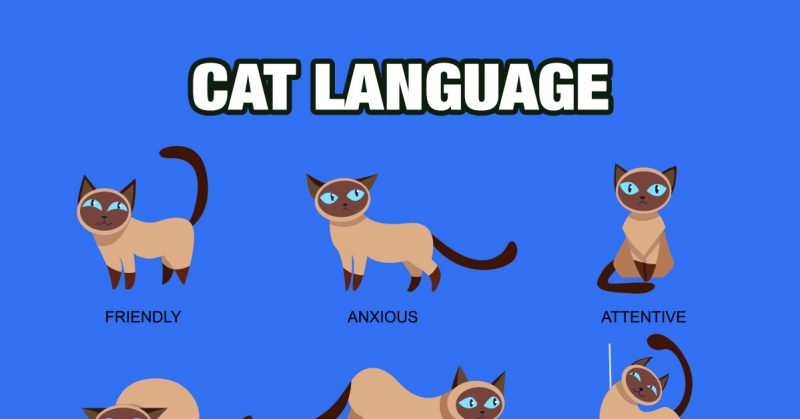If I had known this 15 years ago when I tried keeping an angry cat as a pet, the scars from the “love scratches” would have been fewer. Cats are adorable pets to have in your home and some breeds are often friendly and super-sweet. While all cats are territorial and expect total worship, a Persian or a Maine Coon would certainly be easier to love than a Scottish fold or a badly-behaved Bengal.
Cats are consent givers, one of the few traits they share in common with humans. They permit you to touch them, stroke them, or pet them, and they also want you to know when to just let them be. They purr and curl up if touched when they are in a good mood, but if you so much as stretch your hand toward them when they are having a bad day, you’d have yourself to blame.
The question is, since they can’t say “Yes” or “No,” how do you understand their moods? Cats are the kings of body language and they express themselves powerfully through their movements. Here are a few guides to help you understand your cat better. [1]
Understanding the tail:
- Raised upward and curled at the end: happy cat
- Twitching occasionally: excited or worried cat
- Tail fur jutting out in different directions: extremely excited or threatened cat
- Vibrating tail: happy to see you
- Straight but inclined at a low angle: slightly aggressive or afraid
- When the tail stands straight and the back is bent forward: the cat is feeling aggressive and is in self-defense mode
- Lowered toward the ground: guilty or frightened cat
- Wagging sharply from side to side: the cat is pissed or in a playful mode.
Understanding the eyes:
- Largely dilated pupils: aggression, playful mood, fright, agitation.
- Looks directly into your eyes: he loves you and is comfortable around you
- Slow blinks: The cat is relaxed and feels safe [2]
Interaction with people:
- Rubbing against your leg is a sign of marking you as its territory and property – with love. Cats don’t share.
- Poking your legs with their nose is a sign of attachment and a display of comfort and trust.
- Gentle head-butts mean they consider you a friend.
- Shifting from paw to paw: they are in the mood to play.
- Licking is the strongest sign of love. It means they are yours and you are theirs.
- Eating or licking your hair: They are trying to clean you because they love you.
- Biting or clawing with narrowed eyes: “Leave me alone!”
Other gestures to note:
- Raises its nose slightly and throws its head back: It’s trying to say, “I see you.” Cats do this when staring at people passing by.
- Slightly sticking out its tongue to lick itself: the cat is worried or anxious.
- When it bends forward and presses its ears against its head, the cat might be trying to observe or sniff out something on the floor. Otherwise, they may be frightened, worried, or in the mood to play.
Understanding your cat’s vocal language
- A short sound at the sight of a person is a greeting.
- If the cat meows for a long time, they’re very happy to see you.
- A medium-length meow means they need something (food or water).
- A longer meow preceded by a “mrrrrr” means they want that thing really badly.
- A loud deep sound is also a request for food.
- A purr or vibrating sound is a request for attention. Cats also make this sound when people stroke them and they are happy.
- Low growls – they are angry or just not in the mood to play. [3]
Helpful tips:
- Let your cat be if it’s biting.
- Your cat trusts that you won’t let him fumble to the ground when lowering him, so make sure his paws have hit the floor before letting go.
- If you sit on the floor with your legs crossed, the cat would assume you’re relaxed and it can come up for a stroke.
- To seek consent to touch your cat, stretch out your hand slowly toward him with the middle finger slightly lower than others. If he approves, he’ll come up to rub his nose or head against your hand.
- Cats may hide in a hidden spot when they are frightened and would only emerge when they hear a calm, cooing voice. Don’t yell for them to come out.
References
- “Cat chat: Understanding feline language.” Humane Society.
- “Cat body language.” Cats Protection.
- “What Your Cat’s Body Language Is Saying.” WebMD. Adriane Bishko. April 21, 2012.

